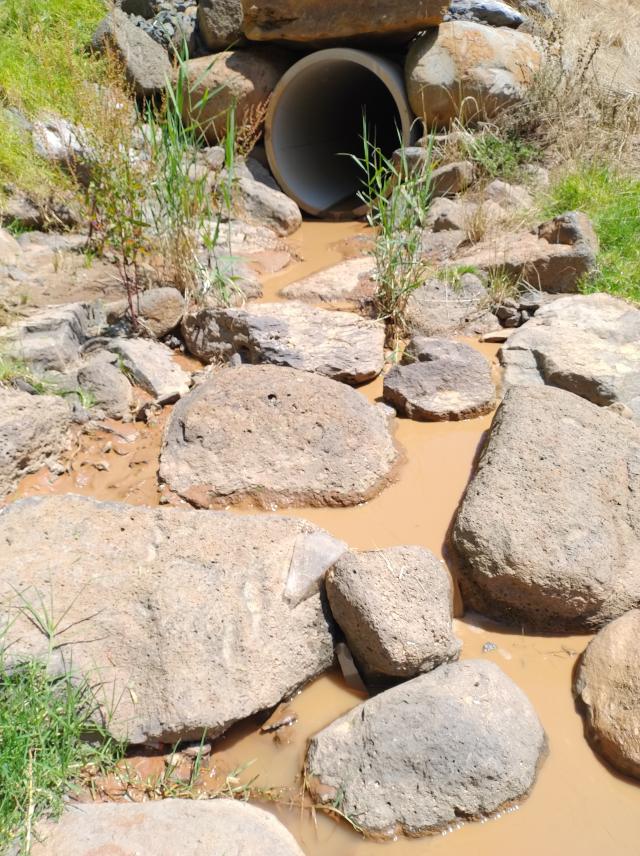Liam McNally
Scientists in Bacchus Marsh have raised concerns about the future of platypus populations in the Werribee River, after detecting high levels of water pollution they believe has been caused by local construction activity.
The Bacchus Marsh Platypus Alliance and scientists from Bio2Lab have been using sensors to measure water turbidity (cloudiness caused by fine sediment) along the Werribee River in Bacchus Marsh.
Sensors were installed at three sites – an upstream ‘control’ site, and a sensor immediately downstream of two construction sites in Bacchus Marsh.
Data from the sensors showed that water turbidity doubled at each of the downstream sensors. The final site recorded water turbidity above the EPA pollution threshold on 95 per cent of the 117 days measured.
Bacchus Marsh Platypus Alliance president Dr Jodie Valpied called the results “worrying”.
“As well as looking unsightly, unnatural sediment levels in the water smother and kill macroinvertebrates, the main food platypuses eat,” she said.
“Platypuses can not survive long-term if there is too much fine sediment clouding the water. Over the past year turbidity levels in the Werribee River, Bacchus Marsh, have frequently been higher than what platypuses can cope with over time.”
The Environmental Protection Agency (EPA) has provided compliance advice to residential development sites along the Werribee River in Bacchus Marsh following concerns sediment from the sites was entering the water.
EPA Victoria south-west regional manager Carolyn Francis said EPA is aware of community concerns at Bacchus Marsh regarding sediment from residential development sites entering the Werribee River.
“EPA officers were in the area on 12 and 17 January with council representatives. While no sediment was entering the river at that time, they provided compliance advice to the responsible parties on actions they must take to improve the control of sediment on their sites,” she said.
“With increasing development across regional Victoria, it is important that property developers understand the potential impact of their activities on the environment. It is an impact that can be prevented easily, if sediment controls are installed and maintained to the standards required by council permits and EPA Guidelines.”
Moorabool council said it is aware of turbidity levels in the river following “heavy rain and runoff from adjacent construction activities at development sites”.
“Since then, council has been working with Melbourne Water and the construction sites to improve environmental controls and has increased surveillance in the area to ensure that the sites are following and adhering to their obligations within their environmental management plans.”







